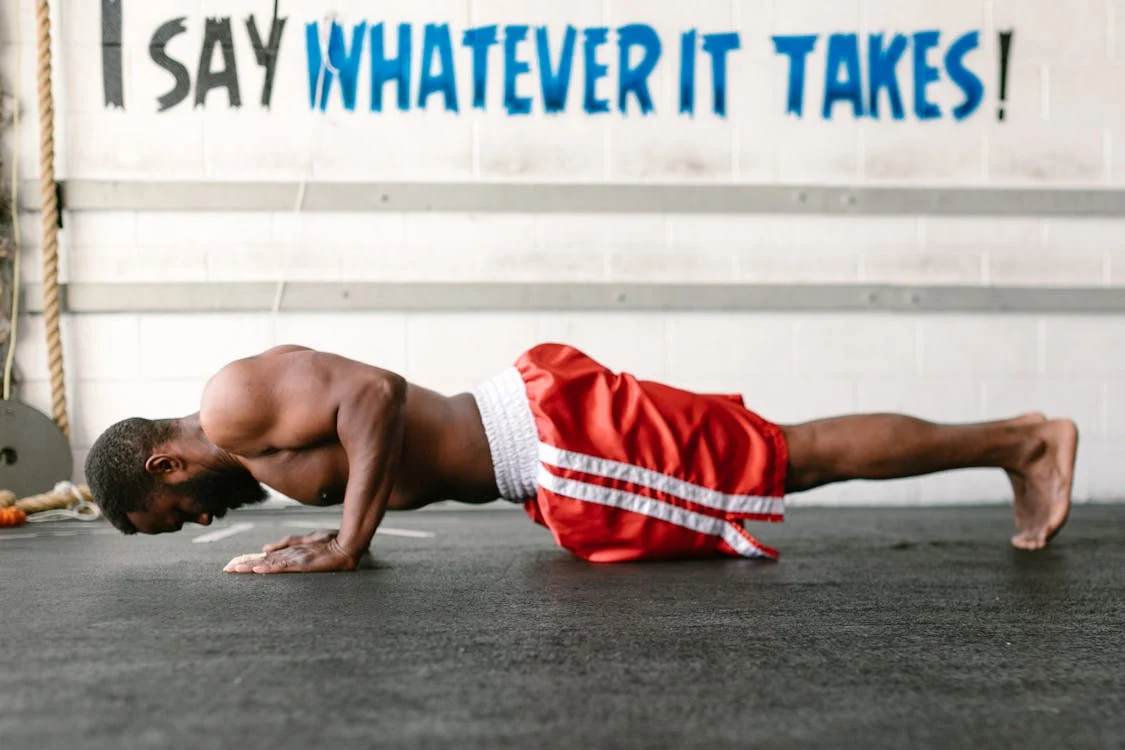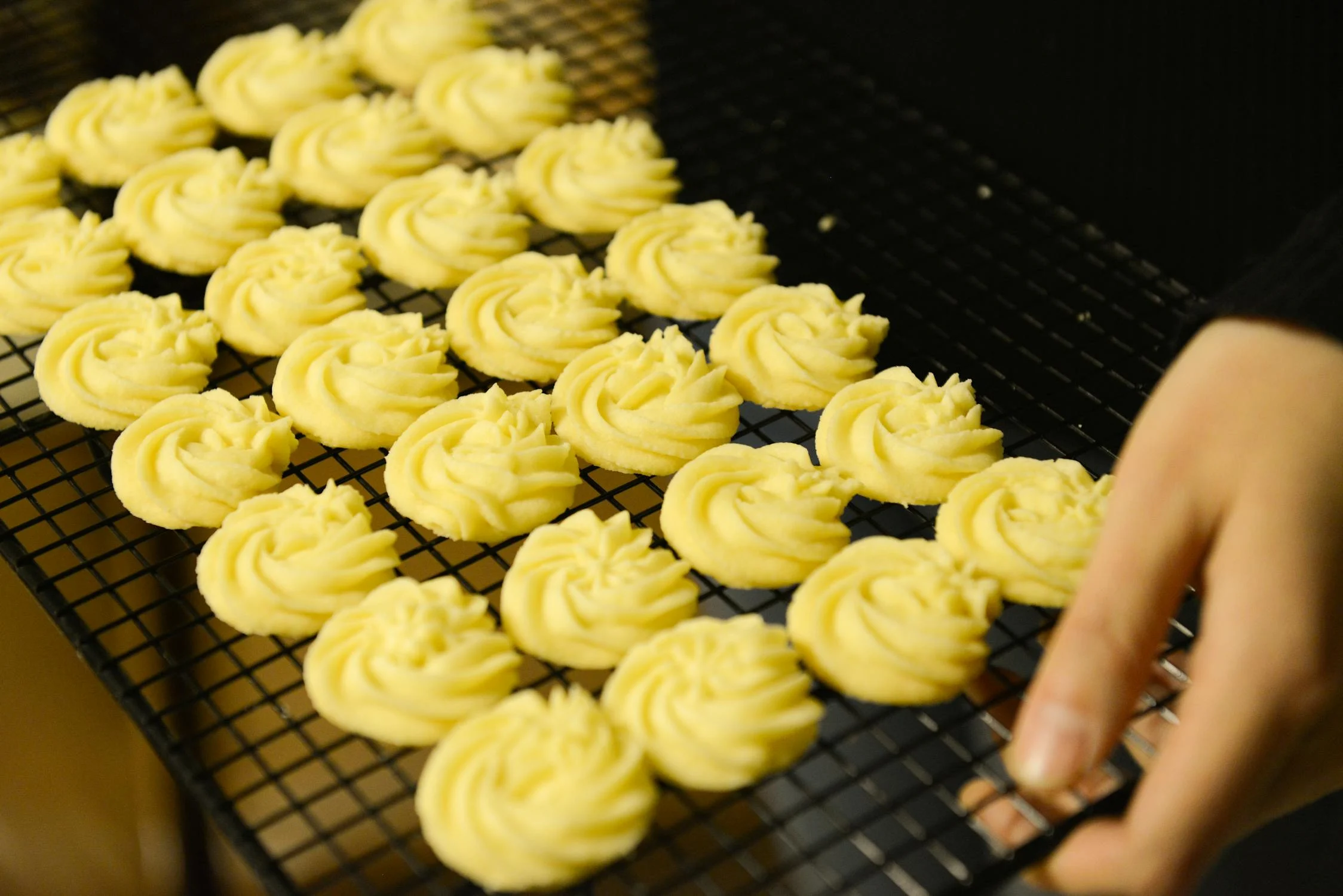When most people think about fitness, they often picture sculpted abs or bulging muscles, the kind of body that’s constantly praised on social media. While there’s nothing wrong with aesthetic goals, the real magic of fitness lies in how it makes you feel—physically, mentally, and emotionally.
Fitness is a journey that impacts every part of your life, and it’s not about achieving perfection. It’s about getting stronger, healthier, and more confident in your own skin.
Why Fitness Should Be About More Than Just Appearance
Sure, a leaner body can boost your confidence, but fitness goes much deeper than that. It’s about building resilience, mental clarity, and feeling empowered to take on any challenge that life throws your way.
1. It’s a Mental Boost
Exercise is one of the most effective ways to combat stress, anxiety, and depression. When you exercise, your body releases endorphins—those feel-good chemicals that lift your mood. Even a short walk or a quick workout can clear your mind and bring a sense of peace.
2. It Reduces Stress
When you’re under pressure, exercise acts as a natural stress reliever. It helps lower cortisol levels (the stress hormone) and balances your mood. Plus, it gives you a break from work or life demands, allowing you to reset.
3. It Enhances Your Sleep
Regular exercise improves sleep quality, making it easier to fall asleep and stay asleep. The physical exertion from a good workout helps your body relax, and your brain gets the signal that it’s time to rest.
4. It’s a Confidence Builder
Fitness is empowering. Whether it’s hitting a personal best or simply feeling more energized throughout the day, exercise boosts your self-esteem. The small wins—whether it’s lifting heavier weights, running farther, or simply feeling stronger—add up and create lasting confidence.
How to Make Fitness Part of Your Lifestyle
Fitness isn’t about an intense workout for a few months and then giving up. It’s about making movement a regular part of your life, something you can enjoy and sustain. Here’s how to make it work:
1. Find What You Enjoy
Don’t force yourself to do something you hate. There are so many types of workouts—running, yoga, pilates, weightlifting, cycling, swimming, dancing—try different things until you find what excites you. The more you enjoy the activity, the more likely you are to stick with it.
2. Start Slow
You don’t need to jump into a strenuous workout routine right away. Start with small, manageable goals, and gradually increase the intensity as your fitness improves. Even 10–15 minutes of movement a day can have incredible benefits.
3. Be Consistent
Consistency is key. Even if you don’t feel like it, making exercise a non-negotiable part of your routine is the best way to see lasting results. It’s better to do a short workout every day than to push yourself to the limit once a week.
4. Rest and Recover
Fitness isn’t just about working hard—it’s about giving your body time to recover. Rest days are crucial for muscle growth, injury prevention, and mental well-being. Listen to your body and take time to recharge.
The Takeaway
Fitness isn’t a destination; it’s a lifelong journey. The benefits go far beyond physical transformation—they’re about becoming stronger in mind and body, reducing stress, and improving your overall quality of life. So, stop focusing solely on the number on the scale or the way your body looks in the mirror. Focus on how fitness makes you feel—better, healthier, and more capable.
Start where you are, take small steps, and remember that every bit of movement counts. You’ve got this.




